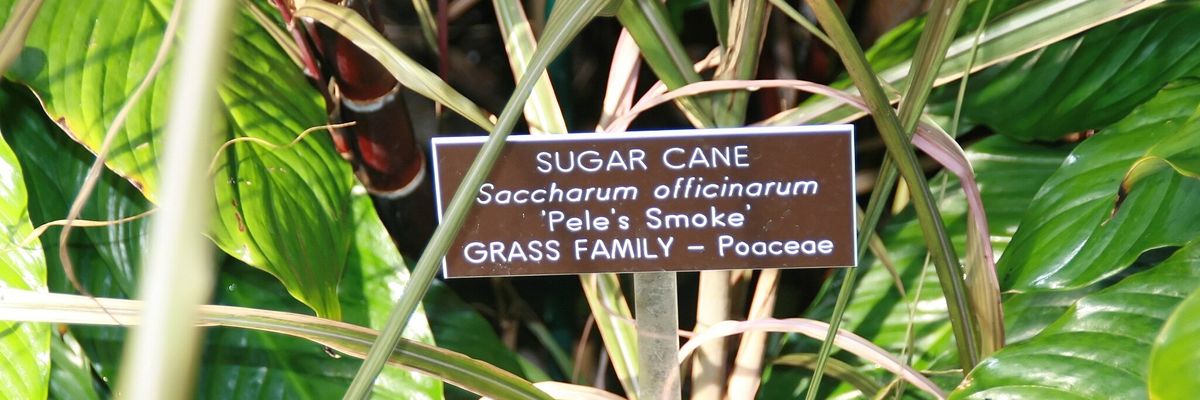The Story Behind Puerto Rico’s Emancipation Day
Emancipation Day in Puerto Rico commemorates the abolition of slavery, a pivotal moment in the island's history, and marks the end of a complex and gradual process initiated by the Spanish government. The Moret Law, enacted in 1870, was a significant precursor to Emancipation Day as it aimed to gradually abolish slavery by freeing children born to enslaved mothers after September 17, 1868. It was the Spanish Cortes' approval of the law on March 22, 1873, that officially ended slavery in Puerto Rico, freeing approximately 29,000 slaves.
The abolition of slavery in Puerto Rico wasn’t a straightforward process. It was influenced by various factors, including the growing anti-slavery movement in Spain and the increasing liberalism among the island's agricultural elite. Additionally, slave revolts and escapes helped weaken the institution of slavery over time. The Grito de Lares, a major uprising in 1868, also accelerated the push for abolition by highlighting the need for social change and independence from Spain. Despite these efforts, the abolition process was complicated by the need to compensate slave owners and ensure a smooth transition to free labor.
The law passed on March 22 required former slaves to work for their former masters for three more years as a form of compensation for the loss of their labor. Additionally, slave owners were financially compensated by the Spanish government for their "property," a common practice in many regions where slavery was abolished. This conditional freedom meant that the transition from slavery to freedom took time, with former slaves facing significant economic and social challenges.
The conditional nature of emancipation, where former slaves had to still earn their freedom, is an aspect of Puerto Rico's history that’s often overlooked, and efforts are being made to revisit and understand the experiences of emancipated Black Puerto Ricans, whose stories have been largely silenced by colonial narratives.
Emancipation vs. Statehood: Understanding the Difference
Statehood is the process by which Puerto Rico would become the 51st state of the United States. This would integrate Puerto Rico into the U.S. political system, allowing its residents to participate fully in federal elections and governance. On the other hand, emancipation refers to freeing Puerto Rico from its colonial status, a concept that encompasses the nation’s broader desire for self-determination and political equality.
Emancipation can be achieved through different means, including statehood, independence, or free association with the U.S. Statehood would end Puerto Rico's territorial status and provide full political rights and representation within the U.S. However, not everyone views statehood as true emancipation. Some argue that independence or free association would better achieve this goal by allowing Puerto Rico to govern itself more autonomously.
While statehood is a specific path toward political equality and could be considered a form of emancipation, the two terms aren’t interchangeable. Emancipation is a broader concept that encompasses the desire for self-determination and political freedom, which can be achieved through various means, including but not limited to statehood.
The fight for statehood is deeply tied to the concept of emancipation from colonial status. Many Puerto Ricans view their current status as a form of colonialism, where they lack full political rights despite being U.S. citizens. In an opinion piece for The Latino Newsletter, Susanne Ramirez de Arellano, former News Director for Univision Puerto Rico and conflict correspondent, current cultural critic, and writer, stated: “Let's be blunt. Puerto Rico is a United States colony. Call it an ‘unincorporated territory’ if it makes you feel better. Congress holds the ultimate power over the archipelago and its people. Congress decides whether the island keeps its self-government, becomes a state or independent, or enters a free association with the U.S.”
Statehood is seen by many Puerto Ricans as a way to achieve full political equality and end this colonial legacy. However, some argue that true emancipation can only be achieved through independence, allowing Puerto Rico to govern itself entirely.
Puerto Rico’s Ongoing Quest for Statehood
Puerto Rico has been engaged in a quest for statehood for decades, but the journey has gained momentum in recent years. In November 2024, Puerto Ricans participated in a binding referendum, where they voted on their political status, with options including statehood, independence, or a "free association" with the United States. The results showed a strong preference for statehood, with 58.6% of voters supporting this option, followed by 29.6% for free association, and 11.8% for independence. This outcome marked a significant shift, as previous non-binding referendums had seen mixed results, but the latest vote was notable for its clarity and the high turnout of 63.58%.
Statehood proponents argue that:
However, opponents highlight concerns and challenges such as:
- Puerto Rico’s economic burden due to its high debt, which some fear could deter Congress from granting statehood.
- Loss of local autonomy, as Puerto Rico would be subject to federal laws and regulations that may not always align with its needs.
- Cultural preservation, including the role of Spanish as an official language and the island’s unique traditions, though this is not necessarily a direct consequence of statehood. Puerto Rico could maintain its bilingual identity much like in Quebec, Canada, where French is an official language alongside English.
The push for statehood has been bolstered by recent events, including the celebration of the 108th anniversary of U.S. citizenship for Puerto Ricans. Advocates have been urging Congress to act on the referendum results, emphasizing that statehood is the only option that would provide permanent equal rights and duties for the island's residents. Despite these efforts, the path to statehood remains uncertain, as any legislation must navigate the complexities of the U.S. political landscape. The U.S. Senate, in particular, poses a challenge, as it requires a significant majority to pass any statehood bill. Nonetheless, the momentum behind statehood continues to grow, with both local leaders and U.S. organizations advocating for this change.
The Future of Puerto Rico
Puerto Rico’s Emancipation Day and the fight for statehood are deeply intertwined in the island’s broader struggle for self-determination and equality. While the abolition of slavery in 1873 marked a critical step toward freedom, Puerto Rico’s political future remains uncertain.
The recent referendum on statehood has reignited debates on how Puerto Rico can best achieve true emancipation—whether through full integration into the U.S. or complete sovereignty. Regardless of the outcome, the island’s fight for representation, equity, and cultural preservation continues to shape its path forward.
As Puerto Ricans celebrate Emancipation Day, they do so with the knowledge that their pursuit of freedom is far from over.
From Your Site Articles
Related Articles Around the Web






